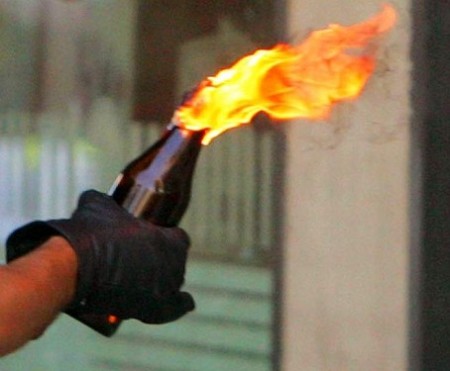Several excellent example of how mobile phones are being linked to the web to create new crisis reporting (and response) systems, as well as several examples from recent conflicts of how such tools can be used as another weapon of war.
In this video from Pop!Tech, Ken Banks explains how his software is being used by various humanitarian NGO’s for quicker reporting, monitoring, and mobilisation. Ken is the founder of kiwanja.net, a site which helps local, national and international non-profits get their jobs done through mobile phone services.
Kiwanja.net makes software called FrontlineSMS, which is being used by another piece of brilliant software application called Ushahidi (Ushahidi is also a finalist in the USAID Development 2.0 Challenge) Ushahidi allows people to:
• send and receive SMS alerts;
• set up a local or international alert number at short notice;
• work on different smartphones;
• send MMS messages (images and video);
• send GPS coordinates.
Forbes.com has an excellent article on how this is being used to cover emerging humanitarian crises. Al Jazeera is already using this to cover the crisis in Gaza, the software is in use in the DRC right now (also on the BBC website here), and for AIDS relief projects in Malawi.
These kinds of real-time disaster discovery and reporting technologies are likely to play a larger and larger role in the humanitarian sector over the coming decade. But there are dangers to these developments as well as opportunities. Jeremiah Owyang, a senior strategist in social computing at Forrester Research, reports on how Twitter is being used to report disasters. He observes several risks when relying on these technologies;
1) Sources may panic, and over or under state the situation.
2) Determining who is a credible source is a challenge,
3) Echos from the online network may over pump or mis state very important facts that could impact people’s safety.
He argues that lessons from a recent explosion in Toronto offer several key take away thoughts:
- The new News Wire is now Twitter, the “Twire”?
- News continues to break from first hand sources, in the past, the press would break the stories.
- The jobs of the press are both easier and harder: They’ve improved access to sources in real time, but the level of noise has increased.
- Press and Media must monitor Twitter: we’ve never seen information break as fast as this.
- Press still have a very important role: vetting out what’s true and false to the best of their ability.
- The community must be mindful of what’s real and what’s not, over hyping or spreading false information could impact lives.
- Emergency response teams and local municipalities should monitor the online chatter, just as they do emergency short wave channels.
All of this is tremendously important for humanitarian researchers, field workers and strategists to consider when integrating these technologies into their work. Crowdsourced news sources can cut both ways. We already know how politically biased official reporting of disaster impacts can be; governments are prone to over- or under-report numbers as per their political preference. If anyone can report anything now, and an eager news media is prone to catch the scoop and broadcast it loudly, how might local political vendettas play into the disaster response process? One imagines that natural vetting sources, including reputation ranking, will likely arise to counter-balance what is otherwise a total free-for-all. But we’re still very much in the Wild, Wild West when it comes to these frontiers.
Read the rest of this entry »



 Posted by hfpblog
Posted by hfpblog 

 Add our RSS feed
Add our RSS feed